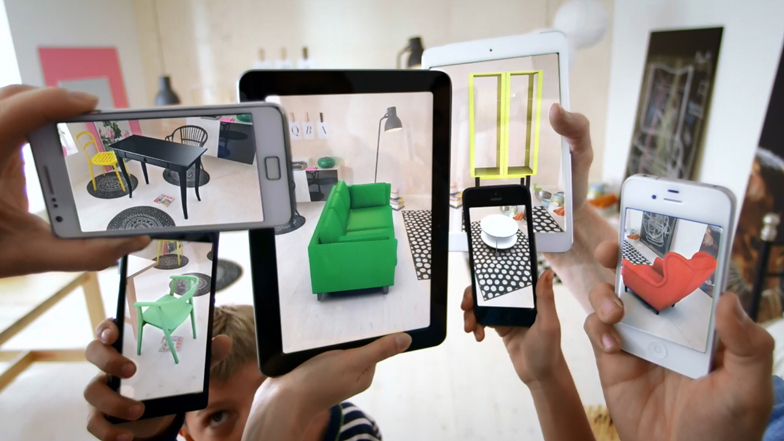"I want to augment my income so am getting a second job."
"Getting a second job augmented my income."
Augmented Reality is a technology that superimposes a computer generated image on a users view of the real world.
"Abbreviated as AR, Augmented Reality is a type of virtual reality that aims to duplicate the world's environment in a computer. An augmented reality system generates a composite view for the user that is the combination of the real scene viewed by the user and a virtual scene generated by the computer that augments the scene with additional information. The virtual scene generated by the computer is designed to enhance the user's sensory perception of the virtual world they are seeing or interacting with. The goal of Augmented Reality is to create a system in which the user cannot tell the difference between the real world and the virtual augmentation of it. Today Augmented Reality is used in entertainment, military training, engineering design, robotics, manufacturing and other industries."
http://www.webopedia.com/TERM/A/Augmented_Reality.html
In order for AR to work you need some sort of screen. This could be handheld or even in the form of glasses.


